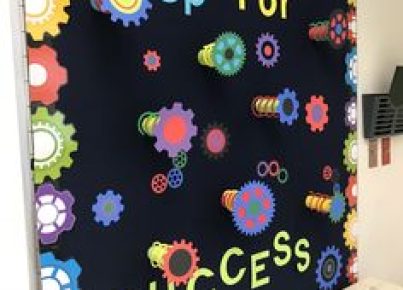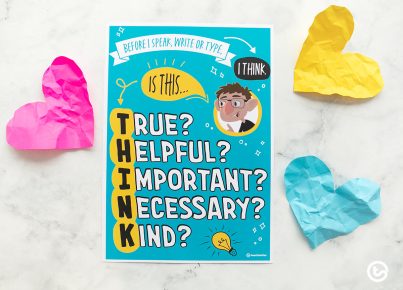Engaging students from the first moment of a lesson is crucial for successful learning. Effective lesson hook strategies can spark curiosity, pique interest, and ensure learners are primed for the information that follows. Here are several hook strategies educators can use to launch learning:
1. Questioning: Start with a thought-provoking question to stimulate students’ critical thinking. It could be open-ended or a challenge that touches on their prior knowledge.
2. Storytelling: Share a relevant story or anecdote. A narrative related to the lesson’s topic can help create an emotional connection and make the subject matter more relatable.
3. Visual Aids: Use striking images or short video clips to capture attention and create a talking point. Visual stimuli often act as powerful motivators for discussion.
4. Puzzles and Games: Incorporate quick games or puzzles that relate to the lesson content. This adds an element of competition and fun, motivating students to engage.
5. Real-world Connection: Link the lesson to real-world events or contexts. Showing students how the content applies outside the classroom increases its perceived value.
6. Props and Models: Bring in physical objects related to your topic to stir curiosity. Holding something tangible can make abstract concepts more concrete.
7. Dramatic Hook: A surprising statement, bold claim, or demonstration can be very effective at commanding attention. Be as dramatic as appropriate for the subject matter and age group.
8. Music and Sound: Play music or sounds related to your theme to tap into auditory engagement methods. The change in audio landscape in the classroom will draw in learners’ focus.
9. Quotations: Use a relevant quote from a famous person or a literary piece that encapsulates the essence of your lesson’s theme, inviting students to delve deeper into its meaning.
10. Personal Challenge: Pose a problem that students must solve using their skills and knowledge, making it relevant by positioning it as directly applicable to them.
These strategies are not one-size-fits-all; they should be tailored based on the subject being taught and the demographic of students in each class for maximum effect. Whichever strategy you choose, ensure it directly leads into the content of your lesson, helping bridge the gap between engagement and learning objectives.





